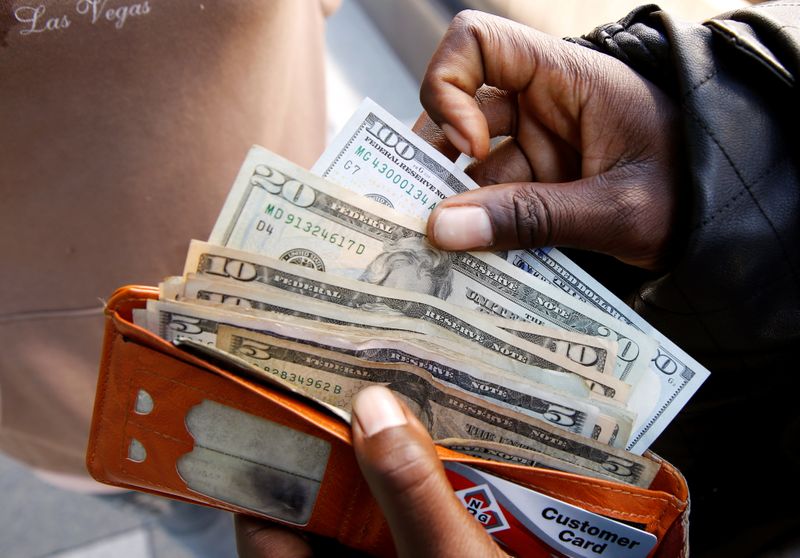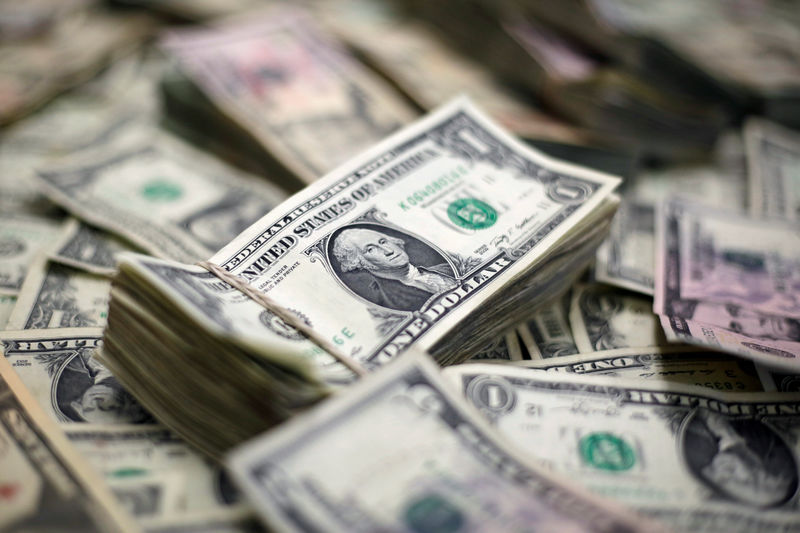By Tom Westbrook
SINGAPORE (Reuters) - The dollar was on the back foot on Wednesday as the slowing spread of the coronavirus and moves to re-open economies supported the investor mood, ahead of major central bank meetings.
The risk-sensitive Australia dollar
But gains were capped by caution and other majors steady as markets look to the U.S. Federal Reserve, which meets on Wednesday, and the European Central Bank, which meets on Thursday, for guidance.
Investors will be watching to see if the U.S. central bank gives any clues on its future policy path after it responded to the economic devastation of the COVID-19 pandemic by slashing rates, buying bonds and backstopping credit markets.
"There's no expectation the Fed will change policy," said Joe Capurso, FX analyst at the Commonwealth Bank of Australia (OTC:CMWAY) in February.
"The market will definitely be very keen on knowing what the (economic forecast) numbers are, or at least qualitatively how deep and how long this might go on."
The Fed is due to issue a statement at 1800 GMT, followed by a press conference with chairman Jerome Powell at 1830 GMT.
The U.S. dollar was steady against a basket of currencies at 99.837 (=USD), and slipped a fraction against the rangebound euro, yen and pound.
The dollar sat near a six-week low against the yen at 106.70 yen
Cases of COVID-19, the respiratory illness caused by the virus, topped 1 million in the United States overnight but investor focus is now increasingly on plans to relax restrictions and restore a battered economy.
U.S. consumer confidence slumped to a six-year low this month, data showed overnight. Markets are bracing for quarterly GDP, published at 1230 GMT, which is expected to show a 4% contraction.
Despite the gloom, markets have almost solely focused on the positives over the past week, as seen in the performance of the Australian dollar, a risk-sensitive currency.
As Spain, France, New Zealand, Australia, Italy and Canada move cautiously toward reopening their economies, the Aussie has soared - rising some 6% on the month and 18% from March's 17-year low.
"This is quite extraordinary," said National Australia Bank (OTC:NABZY)'s head of FX strategy, Ray Attrill.
"It didn't underperform the G10 pack by nearly as much in March, and does leave us a little cautious about the near-term outlook," he said.

The bank revised up its year-end forecast for the Aussie to $0.6750, but expects it to fall to $0.6200 at the end of the current quarter.
